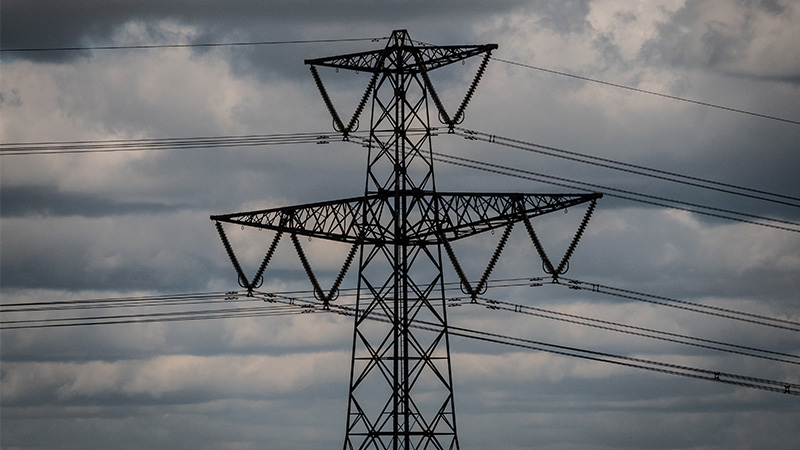As the thermometers rise this summer power demand may outstrip power supply.
The North American Electric Reliability Corporation (NERC) published their 2024 Summer Reliability Assessment report in this month which details how power companies may face an ‘elevated risk’ of insufficient operating reserves this summer, possibly leading to sporadic blackouts during extreme weather conditions.
“…this assessment identifies potential reliability issues of interest and regional topics of concern,” the report said on page 5. “All areas are assessed as having adequate anticipated resources for normal summer peak load
conditions. However, the following areas face risks of electricity supply shortfalls during periods of more extreme summer conditions.”
The report went on to list seven key regions that may face insufficient operating reserves of energy this summer while under extreme demand conditions, specifically when the temperature is above average causing large amounts of people to utilize air conditioners.
https://www.nerc.com/pa/RAPA/ra/Reliability%20Assessments%20DL/NERC_SRA_2024.pdf
While the report states that grid operators are expected to fulfill the power needs during normal peak summer conditions, they expect more extreme summer conditions to arise.
“Weather services are expecting above-average summer temperatures across much of North America, potentially creating challenging summer grid conditions,” the report said on page 6 before going on to display temperature prediction maps for the above-average summer season on page 9.
https://www.cpc.ncep.noaa.gov/products/predictions/long_range/seasonal.php?lead=1
The report goes on to list seven other reliability issues, including supply chain issues and product lead time increases since 2020.
“Supply chain issues are delaying some new resource and transmission projects, raising concerns that some may not be completed prior to peak summer conditions. Lead times for transformers, circuit breakers, transmission cables, switchgears, and insulators have increased significantly since 2020,” the report said on page 7.
On page 18 the report charts out the Midcontinent Independent System Operator’s (MISO) on-peak fuel mix – the energy source percentage breakdown that is used during peak hours. Natural gas makes up almost half the total energy, while coal comes in at over a quarter. Nuclear is a distant third while ‘clean’ or ‘green’ liberal energy sources are barely represented in percent of total output during peak demand.
While MISO is just a snapshot of one area in North America, other regions have similar breakdowns for their on-peak fuel mix’s, as seen on pages 19 to 37, with the notable exception of California on page 35 which derives over 20 percent of it’s power from solar.
Some regions such as the North West of the U.S., on page 36, derive about a quarter of it’s power from hydroelectric generating stations, while the North West and North East of Canada as well as Manitoba on pages 34, 26 and 19 respectively, generate nearly all their power from hydroelectric.
The only area to see nuclear as the largest single contributor to power grid energy is Ontario Canada on page 25, with just under 40 percent. Ontario is home to the largest nuclear power plant with plans of expanding further despite serious safety concerns from solar storms.
In addition to solar storms, cyber attacks, both real and staged, pose a major risk to the power grid.
“Apart from the electric grid overload doubled with the dwindling supply from the energy sources, America’s power infrastructure is also prone to cyberattacks, with the number of susceptible points in electrical networks increasing by about 60 per day, a separate report by NERC indicated back in April via a webcast,” Belle Carter of Natural News reported. “The grids’ virtual and physical weak spots, or points in software or hardware that are susceptible to cyber criminals, grew to a range of 23,000 to 24,000 last year from 21,000 to 22,000 by the end of 2022, executives with the energy regulator said. “It’s very hard to keep pace with addressing all those vulnerabilities,” said Manny Cancel, senior vice president of NERC.”
In 2021 The Electric Reliability Council of Texas (ERCOT) in Texas was embroiled in a scandal of deliberately cutting off power during cold temperatures, something Alex Jones had warned about, as well as trial runs to control people’s thermostats during inclement weather in preparation for climate lockdowns.


